7. Eat Drink Man Woman (1994)
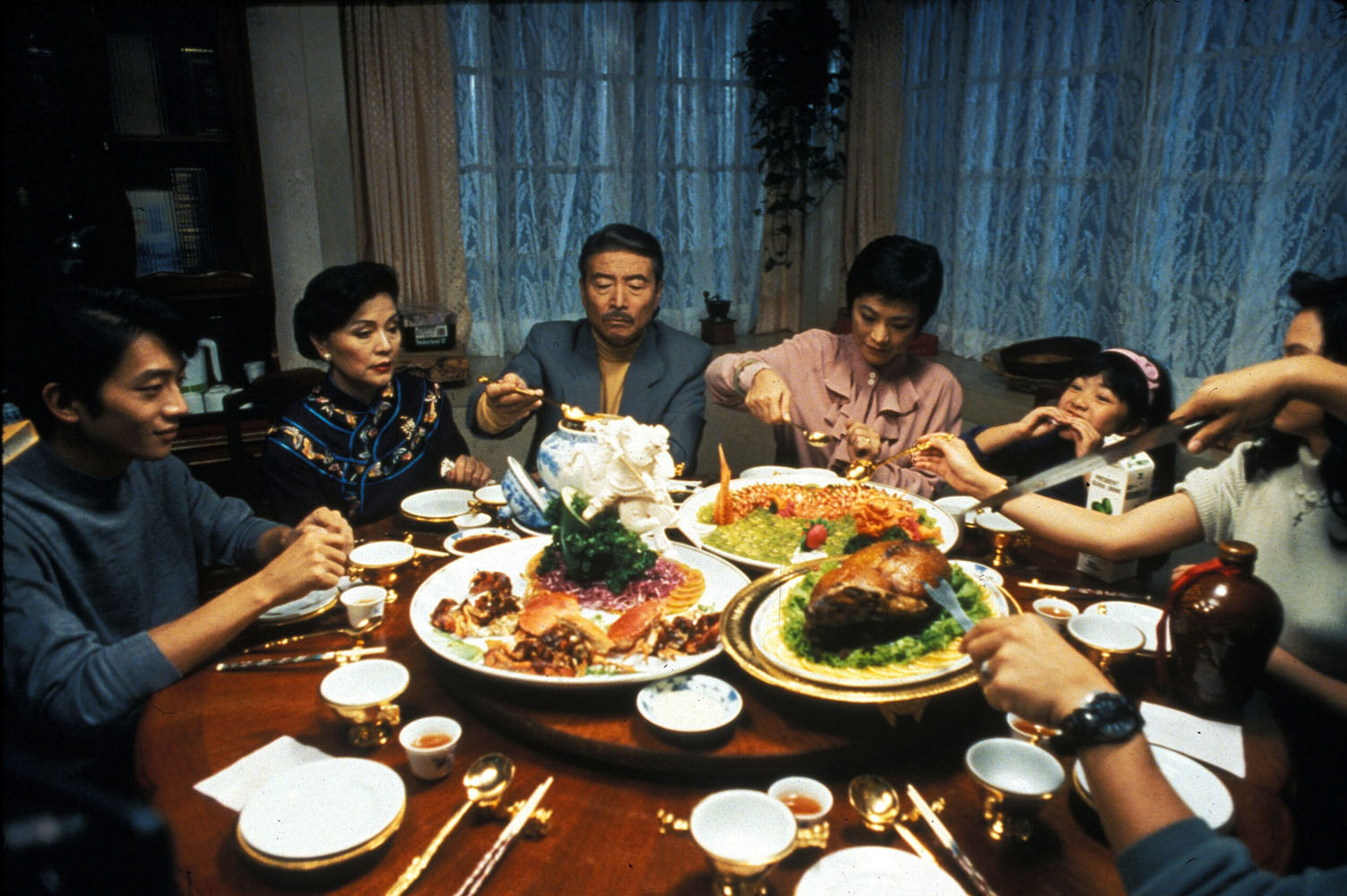
This film was Lee’s first work that was both critically acclaimed and successful in the box office, and in 1995, received an Academy Award Nomination for Best Foreign Language Film.
The film is set in 90’s Taipei, where Chu, a master chef, soon discovers that his gastronomic creations are not enough to “touch” his three rebellious daughters, essentially losing his role as a father. In order to gain their interest back, he makes up a story about his life during one of their Sunday banquets.
Lee directs a film that focuses on the concepts of family, loneliness, and the need for companionship, all of which are presented in a simple but artful way. At the same time, he also presents the differences of the traditional family, where “father knows best” was the main rule, with the modern one, where the children are rather independent. The great performances by all of the main actors are matched by the elaborate narration.
6. Sense and Sensibility (1995)
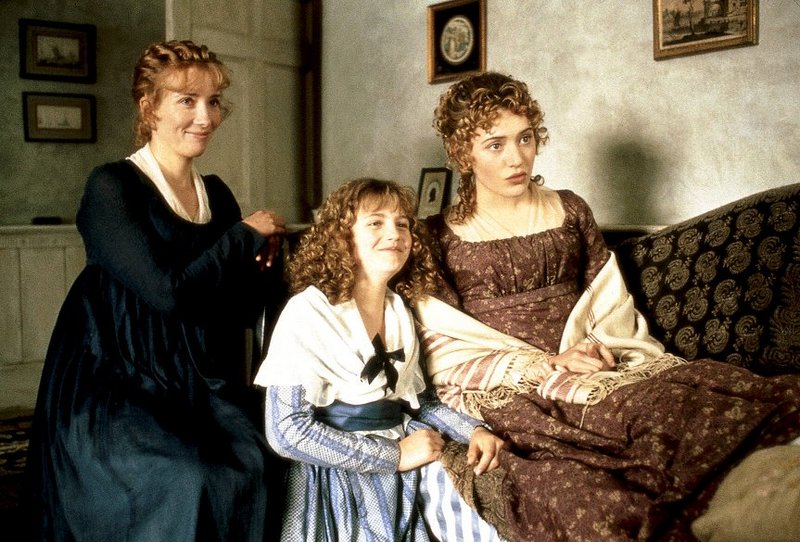
Based on the homonymous 1811 novel by Jane Austen, “Sense and Sensibility” proved Lee’s versatility, and in the process was nominated for seven Oscars, eventually winning the one for Best Adapted Screenplay.
When Mrs. Dashwood’s husband dies, his fortune, according to the law, goes to his firstborn from his previous marriage, John. Despite the fact that Mr. Dashwood had asked John to take care of his current wife and his three daughters, Elinor, Marianne, and Margaret, he is convinced by his wife, Fanny, to give his half-sisters practically nothing. Furthermore, he forces them to leave the house where they had spent their whole lives.
Desperate, the four women end up in a house in the country, bestowed to them by a friend of Mrs. Dashwood’s. Having a very meager income in their hands, they struggle to find happiness through sense and sensibility.
Lee presents an astonishing adaptation of the original novel, synthesizing images of the Victorian era with an elaborateness that is very hard to explain, from a man who had no cultural parallels with the setting. The main theme of the search for love in a society dominated by men is presented in an impressive but realistic fashion.
However, through a few changes of the script, Lee managed to come up with a very entertaining film, avoiding making it an art house one. This element was the one that made the movie a huge commercial success, with its box office revenues reaching $135 million, with a budget of $16 million.
Emma Thompson, who received the Oscar for her first effort in scriptwriting, is impressive as Elinor, and the same applies to Kate Winslet, who plays Marianne. The two of them represent sense and sensibility, respectively.
5. Lust, Caution (2007)
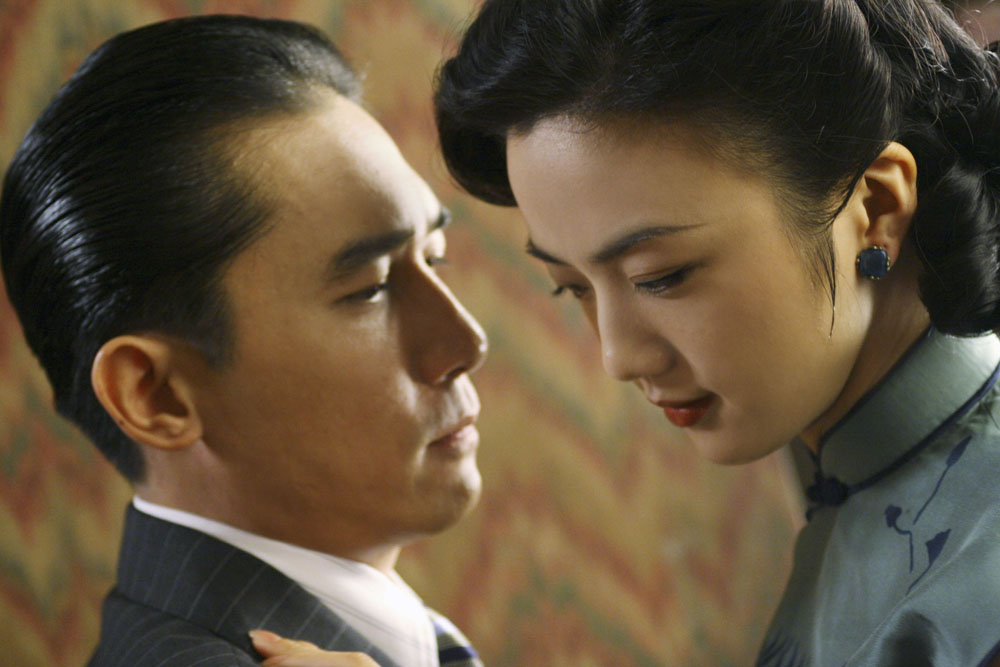
During the Japanese occupation in China, young Wong Chia Chi joins a theatrical troupe whose members are all nationalists. Eventually, their members decide to join the Resistance and set their eyes on a pro-Japanese Mr. Yee, who recently became the head of the secret police. Chia Chi’s mission is to seduce him and lure him into a trap so the rest of the team can assassinate him.
However, her mission gets jeopardized due to his insatiable sex drive that results in a highly sexual relationship between the two, and the constant struggles and disagreements among the members of the Resistance.
Lee directs a movie regarding the thin balance between lust and caution; however, lust shutters this balance by obliterating caution. The path that leads to this fact is shot in great finesse and intelligence that keeps the audience in overwhelming doubt without even having to emphasize the agony. This sentiment is chiefly represented by the sublime performance of Wei Tang as Chia Chi, whose enigmatic facade gives no notion of her actual choice, up until the conclusion of the film.
Tony Leung is excellent in the role of the smooth, attractive and cruel Mr. Yee, in a film that also excels due to its exquisite and lengthy erotic scenes.
4. The Ice Storm (1997)
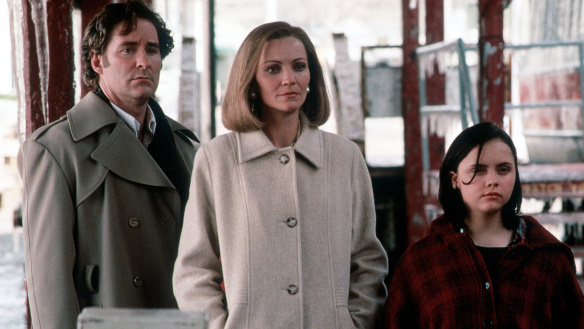
Based on the homonymous novel by Rick Moody, the film takes place over Thanksgiving weekend, 1973, and revolves around two families, the Hoods (Ben and Elena and their children, 16-year-old Paul and 14-year-old Wendy) and their neighbors, the Carvers (Jim and Janey, and their children, Mikey and Sandy). Both families come together during a party held by a neighbor, which turns out to be a swingers party, with the couples mingling among them and having sex. Meanwhile, an ice storm rages in the area.
Ang Lee directs a movie about the rock’n’roll, hippie generation, whose members grew up and became yuppies and part of the bourgeoisie, leaving behind their ideals to follow materialism. This tactic has resulted in boredom and an existential dead end, which they try to avoid by indulging in promiscuity, to no avail. Both of the main families live in this setting, and the ice storm brings all of their problems to the surface, along with their secrets, and at the same time, creates even more, this time of life and death.
His depiction of this generation reaches the border of cruelty, but through his patience and his distinct method of narrative, manages to present a clear and very entertaining film through the subtle antagonism of the members of the two families.
3. Life of Pi (2012)

Based on the homonymous novel by Yann Martel, “Life of Pi” was one of Lee’s greatest successes, earning over $609 million worldwide, and winning Oscars for direction, cinematography, original score and visual effects.
The script is structured as a series of flashbacks, and involves a middle-aged man named “Pi” Patel who tells his story of survival on a lifeboat in the middle of the Pacific Ocean, along with a Bengal tiger, to a novelist named Yann Martel.
Lee handles the demanding script with artfulness, presenting a phantasmagoric visualization of the novel through the exquisite special effects, that have Pi and the tiger appearing side by side on the screen as the two of them struggle for their survival. This odyssey is presented through a frame of melancholy, humor, and deep optimism that result in a film that provides much food for thought.
Lee uses the special effects wisely, and through the impressive cinematography presents a number of images of extreme beauty, featuring the Pacific, and all the creatures, weather phenomena, and scenery that appear in the specific setting. This visual prowess, however, is not just eye candy, but plays a significant role in the narration, as it is revealed by the shocking ending of the film.
2. Brokeback Mountain (2005)
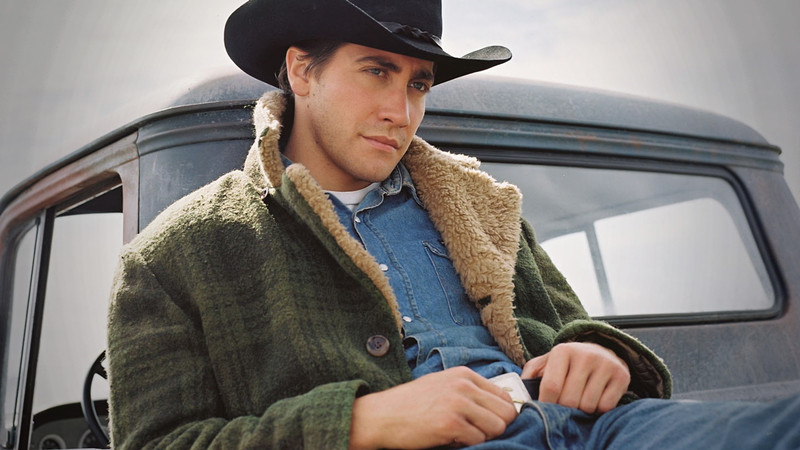
Based on the homonymous short story by Annie Proulx, the film tells the story of two cowboys, Ennis Del Mar and Jack Twist. In 1963, Joe Aguirre hires the two of them to herd his sheep through the summer in the Wyoming mountains. During their time there, the two men end up falling in love and in a relationship, though one that ends rather badly. After the end of the summer, both of them proceed to marry and have families, but their feelings for each other do not cease.
Lee directs a genuine drama, revolving around two individuals who have to hide their feelings to avoid the social outcry in an unforgiving society that existed in the not-so-far past. Through this setting, Lee makes an obvious point: we do not choose whom we fall in love with.
Heath Ledger and Jake Gyllenhaal are both outstanding in the film, portraying their rather difficult characters with realism. Ledger is impressive in his performance as a deeply vulnerable man who spends his life in perpetual misery, longing for a love he knows he cannot have. Gyllenhaal, on the other hand, plays a man who has compromised with his reality, in a cruel but rather pragmatist life choice.
1. Crouching Tiger, Hidden Dragon (2000)
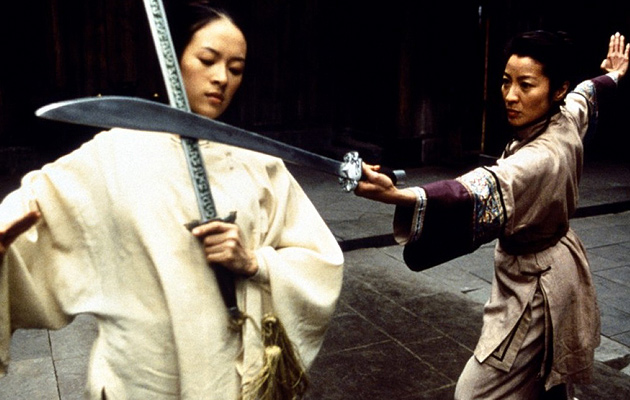
With 10 Oscar nominations that netted four golden statues, “Crouching Tiger, Hidden Dragon” is one of the most celebrated wuxia films of all time and the magnum opus of Ang Lee, who is probably the most beloved Asian filmmaker in the West.
In 18th century China, master warrior Li Mu Bai, who is secretly in love with Yu Shu Lien, the former fiancé of his deceased best friend and currently his associate, searches for a stolen sword named “Green Dragon”. His suspicions fall on an aristocrat’s daughter named Jen Yu, who in her desire to avoid her destiny has secretly trained in martial arts with the woman who assassinated Li Mu Bai’s teacher.
Lee managed to take a wuxia novel mostly concerning martial arts and transform it into a delirious, audiovisual poem, where each character fights for a different reason: love, honor, and recognition. However, love is eventually proven to be the strongest driving force. In that fashion, Lee transcended the wuxia genre, creating a new category, with films like “Hero” and “House of Flying Daggers” following his example.
Furthermore, the film was technically flawless, incorporating a number of exquisitely choreographed fight scenes by Yuen Woo Ping that occurred in trees, on wires, and on city walls.
All three of the protagonists, Chow Yun Fat, Michelle Yeoh and Ziyi Zhang, perform exquisitely.
Author Bio: Panos Kotzathanasis is a film critic who focuses on the cinema of East Asia. He enjoys films from all genres, although he is a big fan of exploitation. You can follow him on Facebook or Twitter.